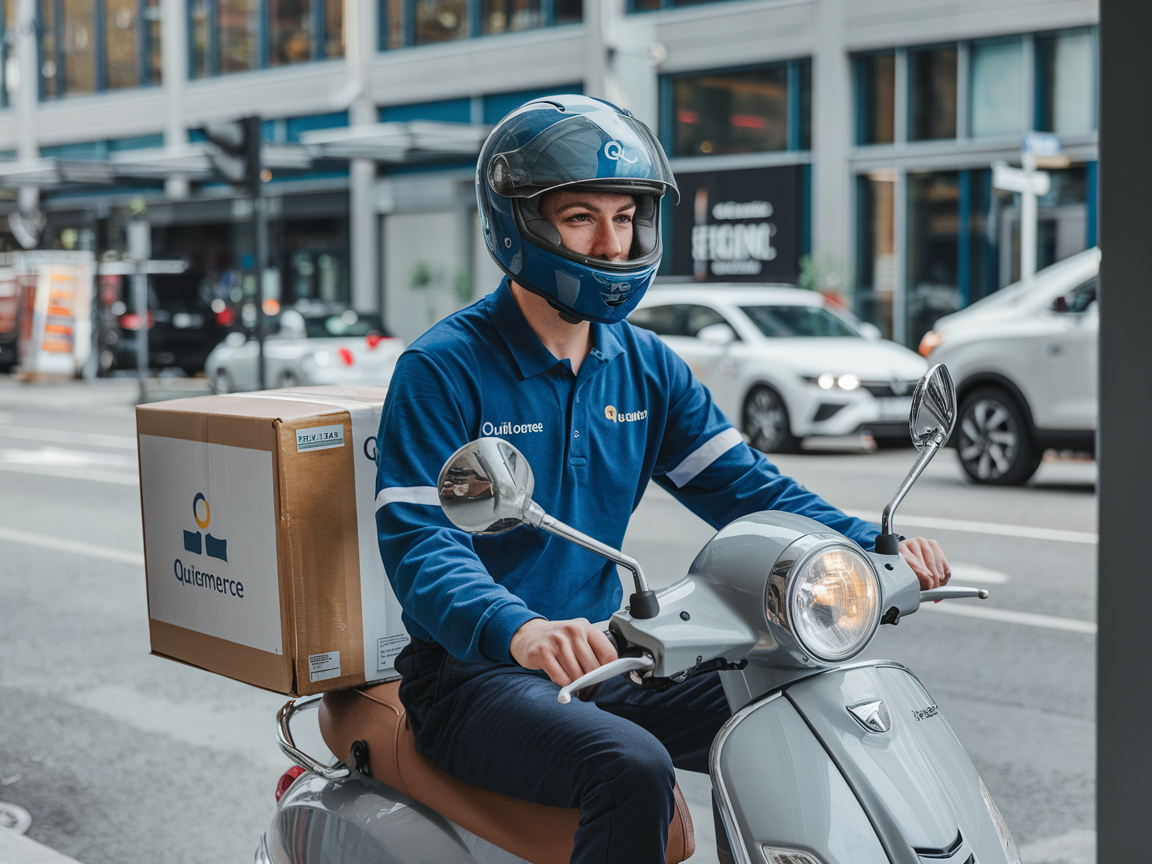Quick Commerce Vs eCommerce – Everything To Know
Table of Contents
Online shopping is one of the fastest-growing trends in India and the world. New forms and platforms for online shopping are evolving. Amidst this, several people want to know more about quick commerce vs eCommerce.
The digital commerce landscape in India is growing at a massive pace. With this, there is the birth of the debate: quick commerce vs eCommerce.
We have observed that while eCommerce revolutionized online shopping by offering variety and convenience, quick commerce has taken things a step further with ultra-fast deliveries.
In this blog, we are going to talk in detail about quick commerce vs eCommerce. So, let us proceed.
What is Quick Commerce?
Quick commerce, or q-commerce, refers to the super-fast delivery of products. The delivery speed for quick commerce is usually 10-30 minutes.
The quick commerce model focuses on smaller orders, primarily groceries, essentials, or even personal care items. The main focus is on ultra-fast deliveries with the primary focus on delivery radius of 2-5 kms.
Some of the prominent quick commerce platforms in India are BlinkIt, Zepto, Dunzo, and Swiggy Instamart.
What is eCommerce?
eCommerce, or electronic commerce, is the buying and selling of goods online. Today, eCommerce is catering to a wide range of audience and is providing a massive range of products.
These include categories including electronics, fashion, and home appliances, with delivery times ranging from 1 to 7 days.
With a large product catalog and nationwide delivery coverage, top eCommerce platforms such as Amazon, Flipkart, and Myntra are catering to online shoppers today.
Quick Commerce Vs eCommerce – Key Differences
| Feature | Quick Commerce | eCommerce |
| Delivery Speed | 10-30 minutes | 1-7 days |
| Order Size | Small (essential) | Large |
| Product Catalog | Limited | Extensive |
| Target Audience | Urban consumers with immediate needs | Nationwide Consumers |
| Operating Model | Hyperlocal Delivery, Dark Stores | Warehousing and logistics hubs |
The Rise of Quick Commerce in India
We all know for a fact that quick commerce in India has been growing at an impressive rate. According to some reports, quick commerce in India will become a $5 billion market by 2025.
There are several factors responsible for the same. With increased urbanization and people having busy lives, quick commerce provides an instant solution.
The Growth of eCommerce in India
On the other hand, eCommerce in India has firmly established itself as a cornerstone of online shopping. With an estimated market size of over $150 billion by 2025, it continues to flourish by offering variety, competitive pricing, and convenience.
Moreover, the rise of smartphone usage, affordable internet, and digital payment options have further fueled this growth.
Top players like Amazon and Flipkart have expanded their services to cover not just metro cities but also tier-2 and tier-3 towns, bringing millions of new shoppers into the fold.
Furthermore, their ability to offer seasonal sales, discounts, and doorstep delivery has made them an indispensable part of modern retail.
Choosing Between Quick Commerce and eCommerce
When it comes to choosing between quick commerce vs eCommerce, it ultimately boils down to the type of consumer need:
- For urgent essentials: Quick commerce is the clear winner. Whether it’s groceries for dinner or a personal care product you ran out of, platforms like BlinkIt and Zepto save the day.
- For variety and affordability: eCommerce takes the lead. If you’re looking to compare options, find discounts, or buy products that aren’t urgent, platforms like Amazon and Flipkart are the go-to choice.
Both models are reshaping the way India shops, ensuring convenience remains at the forefront.
Wrapping Up
As the quick commerce vs eCommerce debate continues, one thing is clear: both play a crucial role in today’s digital shopping landscape.
While quick commerce caters to instant gratification and small, frequent purchases, eCommerce serves the diverse and expansive needs of a wider audience.
In a country like India, where urbanization and digital adoption are on the rise, these two models will likely coexist and complement each other, evolving to meet the ever-changing demands of consumers.
So, the next time you shop, ask yourself: Do I need it now or can I wait? Your answer will guide you to the right platform.
But if you are looking to establish your own eCommerce business, choose Zopoxo today!

